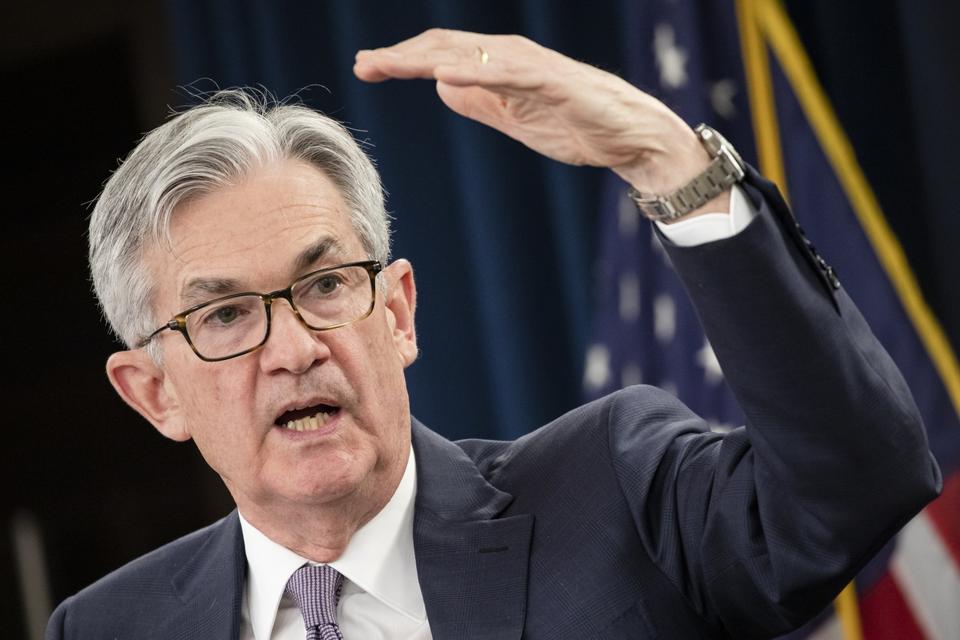Here’s the good news and the bad news about inflation.
Recent inflation registered 3.2% in February, down from an epic high of 9.1% in June 2022, according to government data collated by the Trading Economics website.
And that’s almost all the good news.
More than 3% inflation is a high figure especially when looking at the sub 2% inflation in much of the pre-COVID pandemic period.
Inflation withers the purchasing power of cash with starling speed. And at 3% you see it dwindle by around one third over a decade.
And in case you think it’s only been a short-term flash in the pan, you may not know that inflation hasn’t been anywhere near the 2% target since 2021.
Now its gets really bad for savers. The Fed looks like it will tolerate 3% plus inflation more than many observers would have previously thought, according to a recent report from Academy Securities. The report states the matter as follows:
- “Clearly the Fed seems to be getting more comfortable with some level of inflation above 2%. While they haven’t officially changed their target, they seem to be willing to ease monetary policy, even while inflation remains closer to 3% than 2%.”
It might seem that an organization with a fixed target shouldn’t be able to diverge from that policy goal. However, the people involved in making these decisions are economists who know a thing or two about how to move the goal posts without most people noticing or caring.
The Academy Securities report explains it as follows:
- “Remember back when we were finally getting above 2% inflation, and the Fed ‘rotated’ from a sort of ‘hard target’ to an ‘average target?’ The Fed shouldn’t react to inflation above 2% after extended periods below 2% because they have to think in terms of averages, not absolutes.”
Put another way, the fact that inflation was lower than 2% for a substantial period after the 2007-2009 financial crisis means that the Fed overshot the target and now has some wiggle room to be a bit about the target for a while.
Whether you agree with such logic doesn’t matter if that approach is being taken as the Academy report seems to suggest. Or as the report says:
- “The Fed has “rotated” into methodologies and views that let them be more dovish than might otherwise be expected. That is happening right now, but their thought process hasn’t always worked.”
The bad news is that if you are a saver the purchasing power of your cash stash will continue to dwindle with speed.
However there is a modicum of good news for stock investors.
If the Fed does take a dovish approach, and possibly starts cutting interest rates, then stocks can be expected to continue rallying. Lower interest rates make stocks worth more, on average. Plus, lower interest rates make companies more profitable and more able to pay larger dividends to share holders.
The issue would seem to be, whether the higher inflation will tempt those people with cash hoards to put that money in the market. Or whether people are confident enough to reduce their emergency funds.

